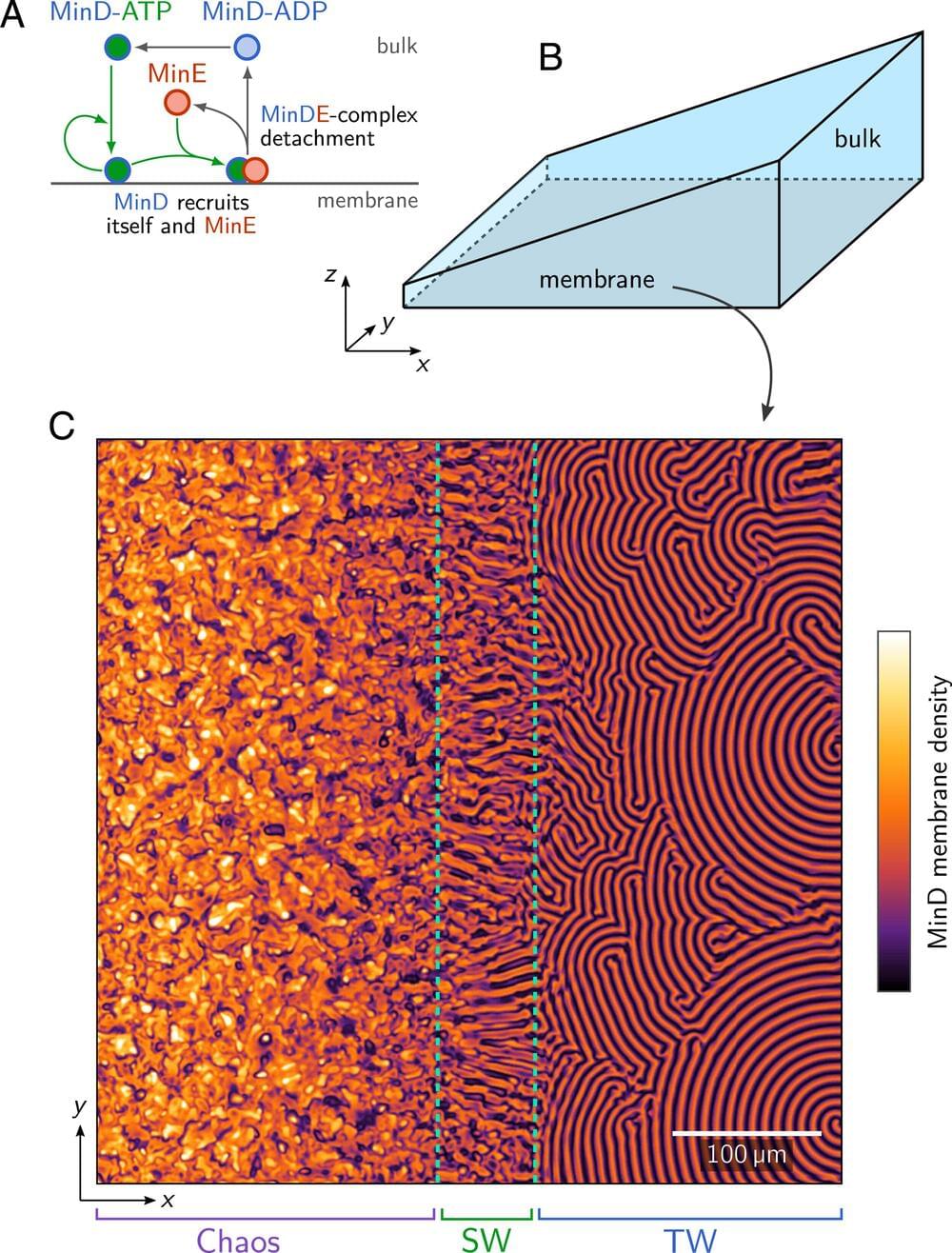For many processes important for life such as cell division, cell migration, and the development of organs, the spatially and temporally correct formation of biological patterns is essential. To understand these processes, the principal task consists not in explaining how patterns form out of a homogeneous initial condition, but in explaining how simple patterns change into increasingly complex ones. Illuminating the mechanisms of this complex self-organization on various spatial and temporal scales is a key challenge for science.
So-called “coarse-graining” techniques allow such multiscale systems to be simplified, such that they can be described with a reduced model at large length and time scales. “The price you pay for coarse-graining, however, is that important information about the patterns on small scales—like the pattern type—is lost. But the thing is that these patterns play a decisive role in biological systems. To give one example, they control important cellular processes,” explains Laeschkir Würthner, member of the team led by LMU physicist Prof. Erwin Frey and lead author of a new study published in the Proceedings of the National Academy of Sciences that overcomes this issue.
In collaboration with the research group of Prof. Cees Dekker (TU Delft), Frey’s team has developed a new coarse-graining approach for so-called mass-conserving reaction-diffusion systems, in which the large-scale analysis of the total densities of the particles involved enables the prediction of patterns on small scales.
